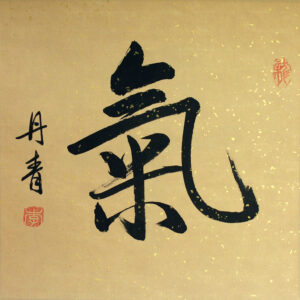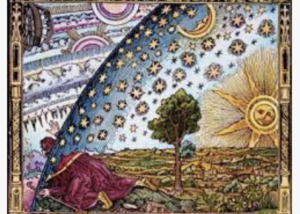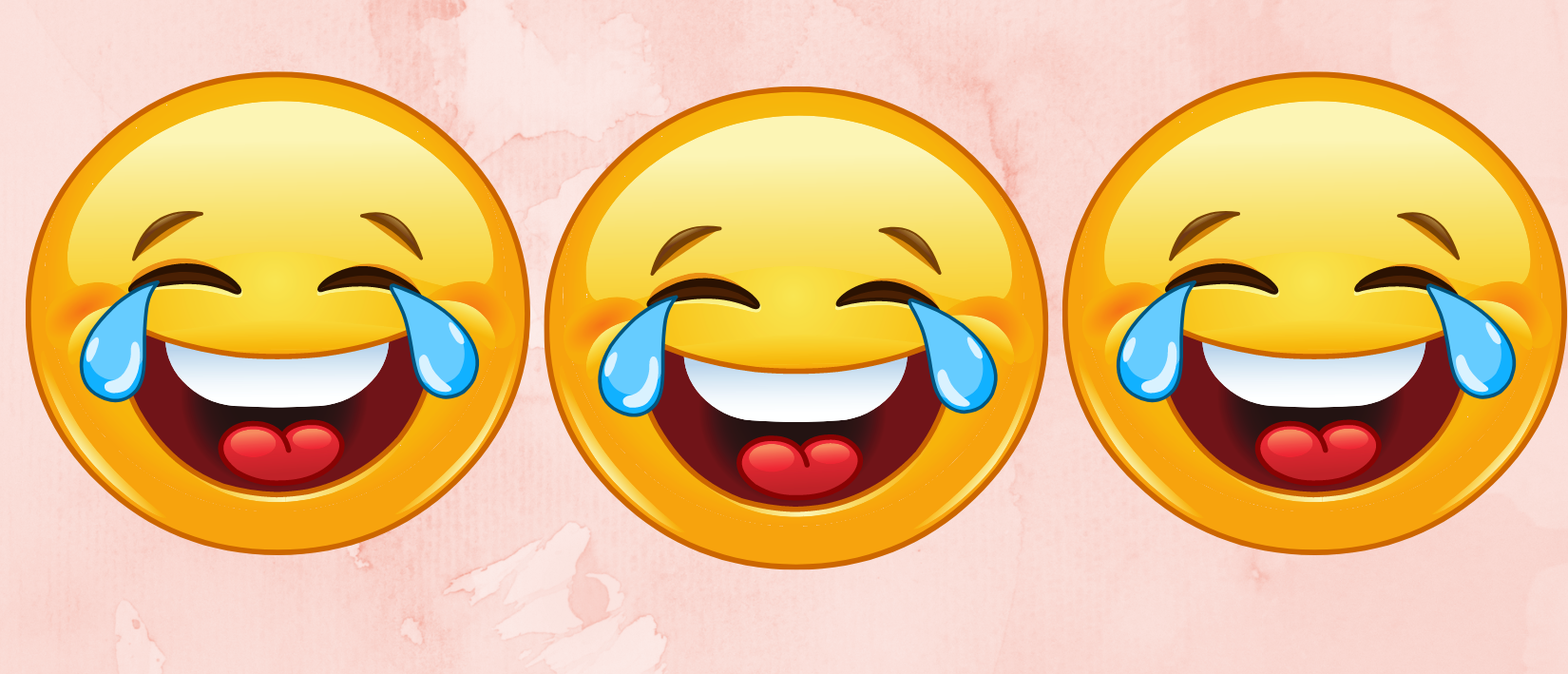After thirty-five years of researching design principles, one of my main questions has always been, “Why do people decorate?”
My life’s work has been a search to explain it. Something powerful happens to us when we change the wallpaper, rearrange the furniture, or even just fluff up our pillows. How can we understand it? How can we turn that understanding into a better environment and a better life?
A Philosopher’s ‘s Warning
When I told my philosopher friend that I planned to use the word, “metaphysics” in my book, he said “Don’t go there,” “It is like a maze from which you will never find your way out.”
His admonition ended with three laughing emojis and a warning by Voltaire:
“When he that speaks, and he to whom he speaks, neither of them understand what is meant, that is metaphysics.”
“LOL”
My life’s work work has always been a search for the reality behind the act of decorating. What unseen things happen when we change the wallpaper, rearrange the furniture, and fluff up the pillows? How can we become aware of the effects of decorating or understand them.? How can we manipulate an unseen reality to change our environment to create a better life?
The Big Question
So why do we decorate? Some sociologists think it’s a means to express our identity and establish a connection with our social group. Others suggest it’s to reflect our life’s stage changes. Others think decorating is managing our public impression. Some say they decorate to impress people or to keep up with the Joneses. One health reporter even suggests that our decorating is a proxy to improve our flagging body image.
A scientist friend gets closer to reality when she says that making things more beautiful gives her pleasure. Yes, indeed, but from my perspective, all those theories overlook something deeper: We decorate to generate energy!
Some may disagree and say they decorate for investment or to beat “the Joneses.” From my perspective, those are just misguided attempts to acquire energy. My scientist friend argues that he decorates for beauty because it brings pleasure.
I argue that pleasure is just a hormonal response showing that an energy transfer has taken place.
It is at this point the that I find myself in the metaphysical maze my philosopher friend warned me about.
I am writing about a life force in a science-based culture for which energy means measurable forces.
Energy
Those measurable forces are the electrical energy that powers your Keurig, the radiant energy that glows in your track lighting, the chemical energy in your smartphone’s lithium battery. It’s sound energy, magnetic energy, gravitational energy, and nuclear energy.
My subject is sometimes called subtle energy. We have no English term for it, but it’s called various things throughout the world. In American yoga studios, we hear the Hindu prana. Discussing feng shui, acupuncture, and the martial arts, we hear Americans seeking the proper flow of chi. We find more and more groups assembled in parks for tai chi, their hands in slow motion to pull chi into their bodies.
The Two Words
Sixty-five cultures still use some form of life force energy in their thinking. It is believed to be beyond both the space-time continuum and the speed of light, and it’s everywhere at once. It’s thought to be distinct from everything but still infusing everything. It organizes and animates the material universe. It gives rise to animism.
If that non-Western energy is like a noun, a something that acts, then Western, scientific energy is like a verb, the action or potential action.
The scientific word energy has only been around since 1807, when the British scientist Thomas Young adopted it from Aristotle’s term, energeia, the ancient Greek term for activity or cosmic force.
The Difficulty with Words
Why do we Westerners not have a word like chi?…..

Because Western culture is built around the idea that spirit and matter are separate.
In general, Westerners think of spirit and matter as on separate planes. For more than 2,000 years, organized religion compelled us to focus on the spirit rather than on the physical. Then the scientific revolution pushed spirituality aside to create a sterilized field to study matter. Thus, most Westerners cannot grasp a life force running through buildings, pots and pans, rocks, mountains, and weather systems.
The Difficulty Resolving Ideas
The bedrock of Western culture is philosophical empiricism, the idea that only the five senses — those that see, hear, touch, smell, and taste — lead us to knowledge. The words life force energy and subtle energy leave many of us blinking. To scientists, energy has just one definition. Because they were the first to use the term, scientists claim it as their own. Energy as a life force can’t be seen, measured, and otherwise proven, so eyes roll when they hear of it.
(From now on, I’ll refer to subtle energy and its synonyms as just Energy italicized.) [I suggest also capitalizing.]
To some extent, such disgust is justified. So many pop, new-age books and movies misuse scientific information. Physicists resent when “lay merchants of quantum ware” reduce their hard work to colloquial and often misleading concepts. [1]
Another reason most scientists deride Energy is that it tends to be thrown into the pot with other poorly understood phenomena. I was excited once to find a promising article on Energy. I soon discovered, however, that it was put it into the same category as UFOs, rapturous LSD trips, and Big Foot.
The main issue, I think, is that the scientific method is based on matter as separate from spirit. Scientists dismiss Energy because belief in it would entail that all matter is infused with some sort of life force, which is foreign and often repellant to Western thinking.

The West and Energy
Is there a need to find an equivalent for chi in the West? Very much so, I believe. People often search for it. With few Western models, people tend to look to the East. Consider the emerging popularity of the Indian vatsu shastra, the partial diffusion of feng shui in our culture, and the recent Japanese phenom, Marie Kondo. A delightful angel of Netflix, Kondo espouses the theories in The Magic Art of Tidying. She has performed a major service by re-introducing animism to the West.
Going to the East can be problematic because few Eastern concepts are sustainable for us. We search, we find, we partially embrace, and because of our cultural bounds to Western thinking, we reject and divide among ourselves.
Then we restart the whole process. To get around the need to find spirit in our environment in a culture that doesn’t acknowledge the need, we find backdoors. In Lesson II, I explore some of those backdoors.
Science and Metaphysics
As a forewarning, I cannot scientifically prove much about my decorating theories. I am and will continue to remain respectful of science. I won’t (mis)use it to prove a metaphysical idea. Occasionally I will refer to a scientific idea but will let the reader know when I switch from metaphysics to science and vice versa.
Science is based on observation and proof. Metaphysics is a guess. Metaphysics can helps science since a hypothesis is a guess, but it’s one ready to be put under the rigors of the scientific method.
Yet, my ideas are reasonable metaphysical speculations based on my observations and questions about our common experiences. What do we experience in an exceptionally beautiful environment? What do we feel when we walk into a freshly cleaned and decluttered living space? Do we not experience a kind of positive energy? Readers will only know if my theories work for them by how they feel in the laboratory of their own personal experience.
***
[1] Leon Lederman, a Nobel Prizewinner in Physics, admired Fritjof Capra’s The Tao of Physics and Gary Zukav’s The Dancing Wu Li Masters. But Dr. Lederman found much of their work scientifically wanting. He dedicated to them and other lay writers “The Dancing Moo-Shu Masters,” a chapter in The God Particle. Need one say more?
See also:
***
This website has two parts, The Lessons, which are more difficult in concept, and the blogs, which are lighter in nature. A blog you might enjoy has the same theme as Lesson I:
Please note that my website allows the reader to leave comments at the end of the blogs but not at the end of each lesson. If you have a comment or question about lesson, you may email me at ruta@rutas-rules.com.





